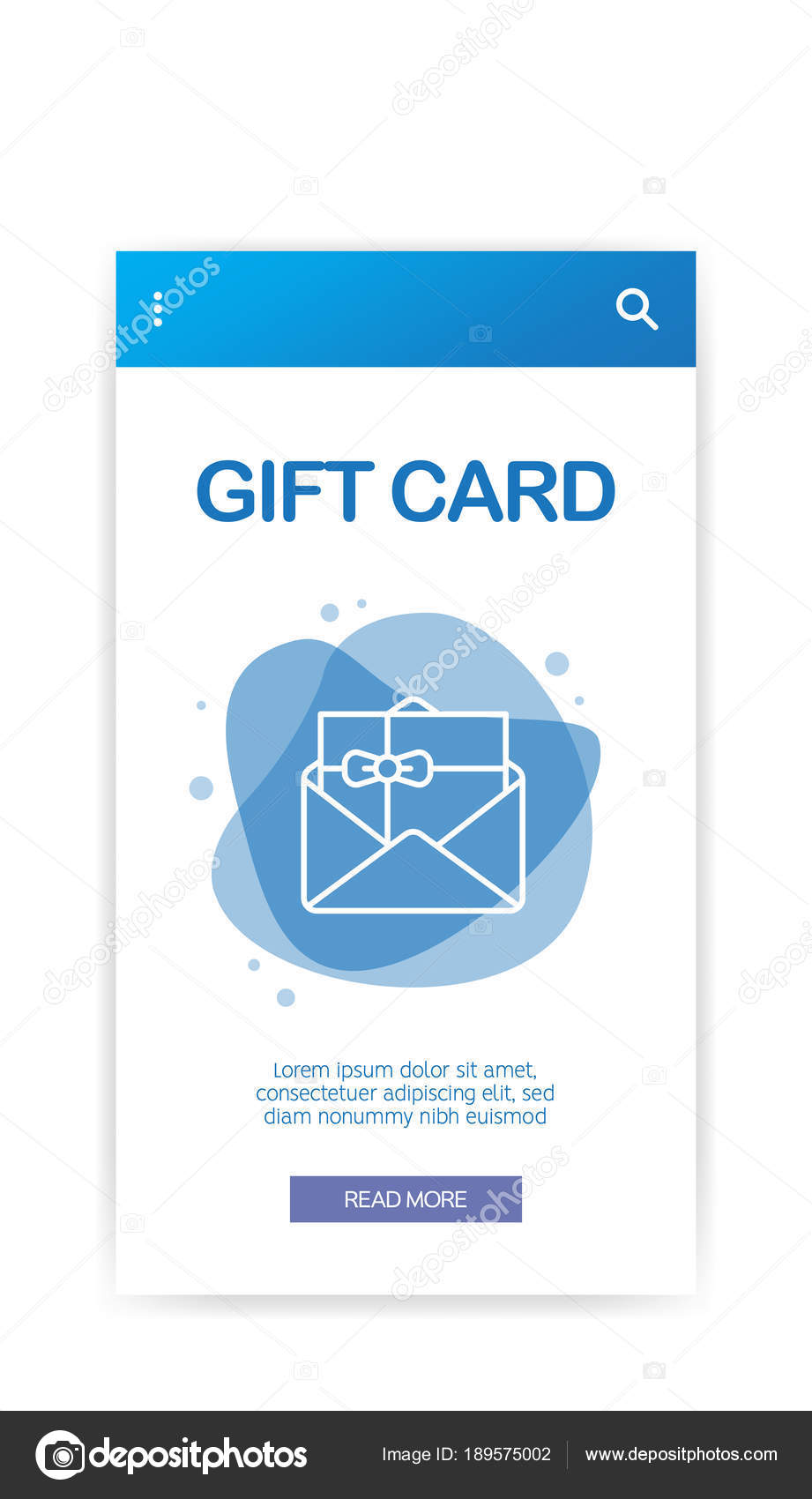A laser is a powerful tool for noting and etching on materials like metals, timber, and glass. However when dealing with a fragile material like glass, specific positioning of your style is crucial.
Unlike various other laser-marked materials, glass does not evaporate however cracks when subjected to laser warmth. This gives the engraved surface area its particular appearance.
Localized Home heating
The laser light connects with the glass surface area, causing localized heating and potentially evaporation or ablation. This creates an etched, frosted, or engraved appearance. Unlike inks and paint, laser marking marks are irreversible and do not discolor over time.
Laser etching on glass is testing as a result of the material's brittleness and vulnerability to thermal shock. The unexpected, quick temperature changes created by high laser power can trigger splitting and damage of the surface area.
To lower this risk, laser engravers use water chillers to assist handle the warm and spread it equally over the surface area. Using a dampening substance or masking the surface also assists to minimize splitting and enhance laser efficiency. On top of that, lowering the laser power setting and enhancing the etching rate aid to maintain a consistent temperature. Also, avoiding subjecting the glass to hot air or water quickly after inscribing will certainly additionally reduce the danger of thermal shock and splitting.
Transparent Materials
Various laser device types are available, with each having distinct wavelengths and power ranges. Some are able to produce high-contrast inscriptions on glass while others might call for extra procedures to make sure ideal results.
For example, using a paper mask to protect the surface area of your work surface from warm can help reduce cracking by dissipating the laser beam's warmth prior to it has a possibility to impact the glass. Similarly, using a slim coat of dish soap can likewise decrease the quantity of glass fragments that are discharged after the laser procedure is complete.
Lastly, it's important to maintain the laser head at a regular speed throughout the entire procedure to avoid sudden changes in temperature that can bring about splitting. Additionally, a water-cooled laser system can also aid handle the impact of laser warmth on delicate materials such as glass. In addition, choosing to use a Jarvis dither pattern on your laser vehicle driver setups will divide the dots of your graphic, reducing their total warm consumption and influence on the material.
Accuracy
Laser engraving is just one of one of the most precise approaches for glass marking. It permits premium, customized presents or service applications such as engraved glasses for restaurants that advertises brand identification and quality.
Personalized glass is durable and able to endure day-to-day use and cleansing, making it appropriate for a selection of applications. It likewise supplies excellent flexibility when it involves the style of patterns, images, and message.
Ensure you make use of the best sort of glass for your job and adjust your laser settings before beginning. Different sorts of glass react in different ways to warm, and readjusting the laser power based on thickness aids avoid splitting. Also, a water-chiller minimizes temperature level changes that bring about breaking. Ultimately, masking the surface area of your glass workpiece with a paper towel or a layer of meal soap can aid dissipate the laser heat and stop cracking. It is likewise important to protect your glass work surface with a jig to decrease movement that causes imbalance.
Sustainability
Laser marking on glass is an eco-friendly procedure that reduces using unsafe chemicals and provides clear, long-term high-resolution codes. This aids shield products against meddling and counterfeiting while instilling confidence in customers.
With a little prep work, laser inscription on glass opens up a world of opportunities for musicians and manufacturers alike. It is an affordable and lasting choice to traditional engraving methods such as sandblasting or etching lotions.
Prior to inscribing, it is important to preheat the glass. This assists restrict thermal shock and stay clear of fracturing of the brittle material. Keeping the power settings reduced and making use of a slower cool can also help to avoid glass splitting. Furthermore, a fume removal system can aid remove smoke, dust, engraved photo frame gift and particulate debris from the work area to maintain the workplace risk-free and tidy. As soon as your system is effectively established, it's a good idea to experiment with a few samples to find the best setting for your specific type of glass.
